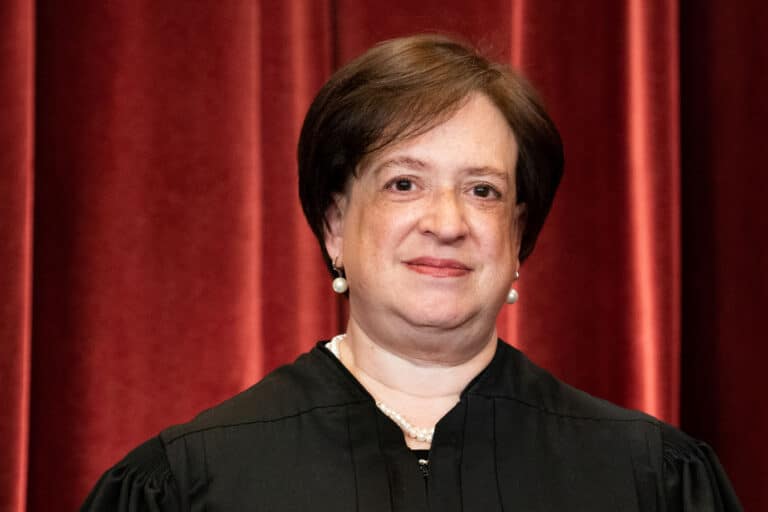
The Supreme Court dominated the news cycle earlier this summer as it handed down multiple unprecedented decisions. From overturning the longstanding principle of Chevron deference to ruling that the president has absolute immunity when carrying out official acts, the Court has delivered some truly significant rulings over the past year.
While not directly a Jewish issue, we thought it would be helpful to unpack the Court’s only current Jewish Justice, Elena Kagan. Since her appointment in 2010, the now 64-year-old Justice has ruled to uphold a number of progressive causes, including abortion rights, same-sex marriage, and the Affordable Care Act.
The basics: Is Elena Kagan Jewish?
Justice Elena Kagan was born on April 28, 1960 in New York City to Robert Kagan, a lawyer, and Gloria Kagan, an elementary school teacher. All four of her grandparents were Jewish immigrants from Russia.
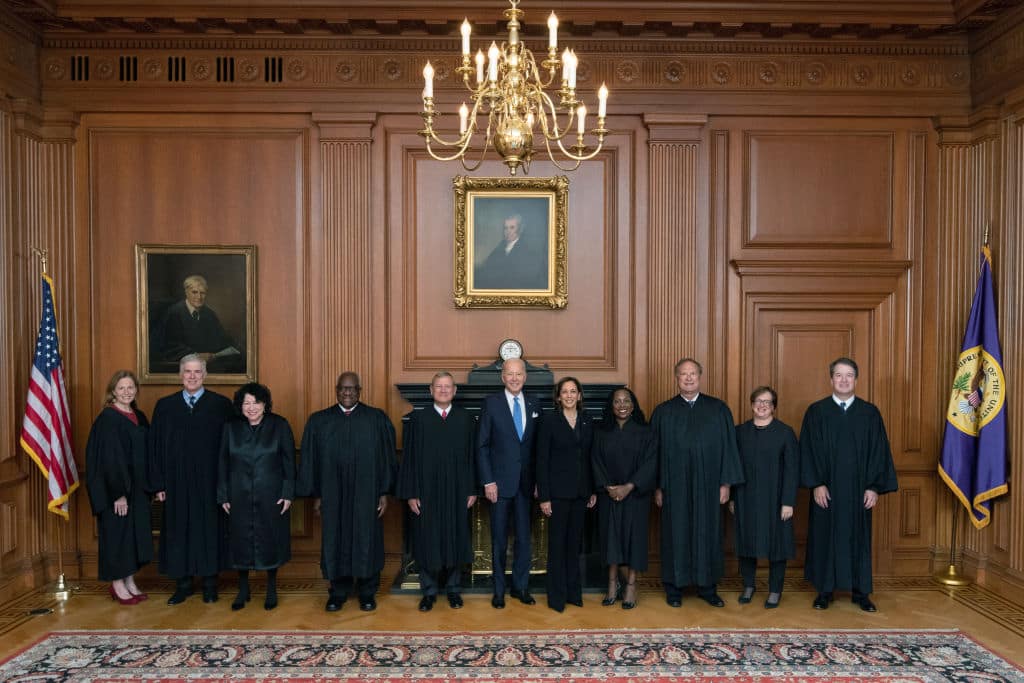
After graduating from Harvard Law School, she clerked for Judge Abner Mikva, a Jewish judge on the D.C. Circuit Court of Appeals, and then for Justice Thurgood Marshall, the first African-American Supreme Court Justice.
Kagan taught briefly at the University of Chicago before leaving to work in the Clinton administration. Following President Bill Clinton’s departure from the White House, she returned to education, teaching at Harvard Law School and later becoming the school’s first female dean. Kagan was appointed to the Supreme Court by President Barack Obama in 2010, becoming its eighth Jewish and fourth female Justice.
Kagan’s Jewish identity
Kagan had what she described as a “strange” Jewish upbringing on the Upper West Side of Manhattan. Her family was involved in multiple synagogues before ultimately choosing the Orthodox Lincoln Square Synagogue, where she also attended Hebrew school.
“My mother’s view was that everything depended on how good the rabbi was, and she would go from synagogue to synagogue to synagogue to find a rabbi she liked,” Kagan said in a 2018 interview.
Although they attended an Orthodox synagogue, Kagan described her family as not particularly observant.
“[We] kept a kosher home so that my grandparents would eat there, but otherwise we were the kind of Jews who kept a kosher home and then went out and ordered shrimp at the Chinese restaurant,” Kagan said.
Rabbi Shlomo Riskin, Kagan’s childhood rabbi, remembered that even at a young age, Kagan believed in egalitarianism in Judaism, pushing for girls and women to have the right to practice the same rituals as their male counterparts.
“Elena Kagan felt very strongly that there should be ritual bat mitzvah in the synagogue, no less important than the ritual bar mitzvah,” Riskin recalled.
Through a compromise with her rabbi, Kagan had her synagogue’s first bat mitzvah on May 18, 1973. She had a unique Friday night ceremony in which she sang from the Book of Ruth, rather than reciting Haftarah and Torah portions.
“This was really the first formal bat mitzvah we had,” Riskin said.
Kagan now considers herself a Conservative Jew.
Kagan’s role on the Supreme Court
Unlike some of the other Justices who frequently make headlines, Kagan has generally stayed under the radar.
Though not in the spotlight, she has carved out her own niche, becoming somewhat known for her love of comic books. In Kimble v. Marvel Entertainment, a dispute over a spider-like superhero patent, Kagan left many charming references throughout her opinion, ending it with “[I]n this world, with greater power there must also come — great responsibility.”
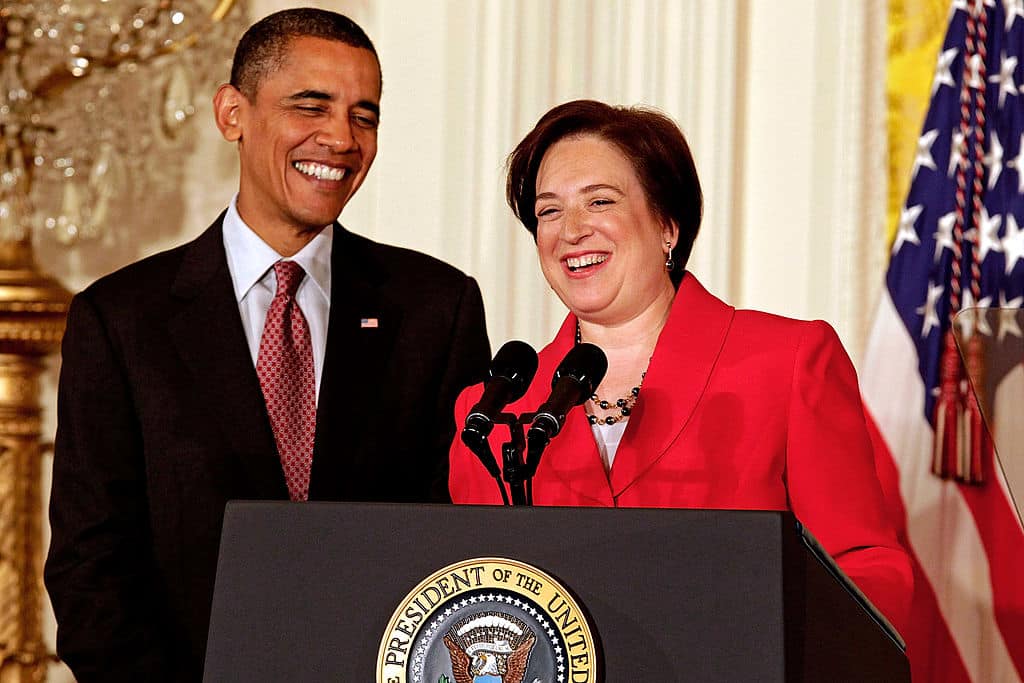
She is also known for her conversational and direct writing, sometimes accompanied by quips – many of which are in Yiddish.
Although she was initially seen as someone who would build bridges on the court, the recent conservative supermajority has pushed Kagan to vote reliably as a part of the liberal bloc. As a member of the Court’s minority, Kagan has dissented in many significant rulings over the past few years.
Along with Stephen Breyer and Sonia Sotomayor, Kagan dissented in the 2022 decision Dobbs v. Jackson Women’s Health Organization, which overturned national abortion rights initially guaranteed by Roe v. Wade in 1973.
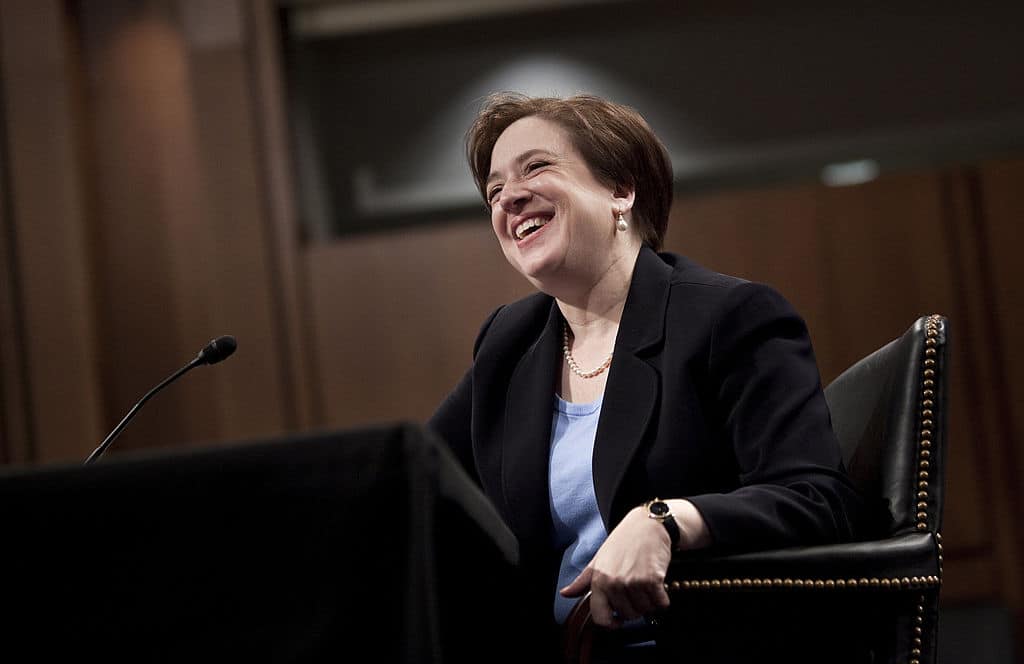
Kagan additionally wrote a dissenting opinion in Loper Bright Enterprises v. Raimondo, one of this summer’s major decisions overruling Chevron deference, a longstanding administrative principle. Sotomayor and Ketanji Brown Jackson joined in her dissent.
The three liberal Justices also dissented in Trump v. United States, which granted presidents absolute immunity for “official acts” carried out during their term, greatly expanding the power of the presidency.
Judaism on the Supreme Court
Currently, Justice Kagan is the only Jewish member of the Supreme Court. However, at the time of her confirmation, she was the third Jewish Justice on the Court, along with Breyer and Ruth Bader Ginsburg.

The history of Jews on the Supreme Court began in 1916, when President Woodrow Wilson first nominated Louis Brandeis to the Court. His confirmation faced some trouble, much of it due to antisemitism. His confirmation four months later began what would become a brief tradition of having a Jewish Justice on the Court.
Read more: Unpacking Ruth Bader Ginsburg’s Jewish roots
The appointment of the second Jewish Justice, Sephardi judge Benjamin Cardozo, marked the start of what would later be called the Court’s “Jewish seat.” Felix Frankfurter replaced Cardozo, and following his retirement came Arthur Goldberg. Goldberg was succeeded by Abe Fortas, yielding a chain of four Jewish Justices consecutively serving on the Court. Following Fortas’s retirement in 1969, no other Jewish Justices served until the appointments of Ginsburg and Breyer in 1993 and 1994, respectively.
Diversity remains integral to the Supreme Court’s success
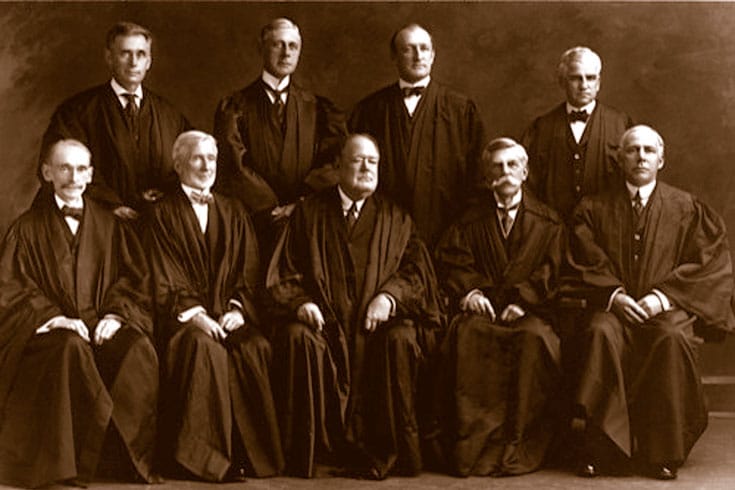
The legacy of Judaism on the Supreme Court from Brandeis to Kagan serves as a reminder of the importance of diversity in the justice system.
Beyond fighting stereotypes and building trust in the justice system among underrepresented communities, differing backgrounds also give more perspectives to rulings, ensuring that they are informed by a wide range of experiences. Research continues to show that one’s life experiences shape one’s interpretation of the law, so it’s integral to have proper representation on the Supreme Court to adequately rule on issues impacting Americans of all backgrounds.


